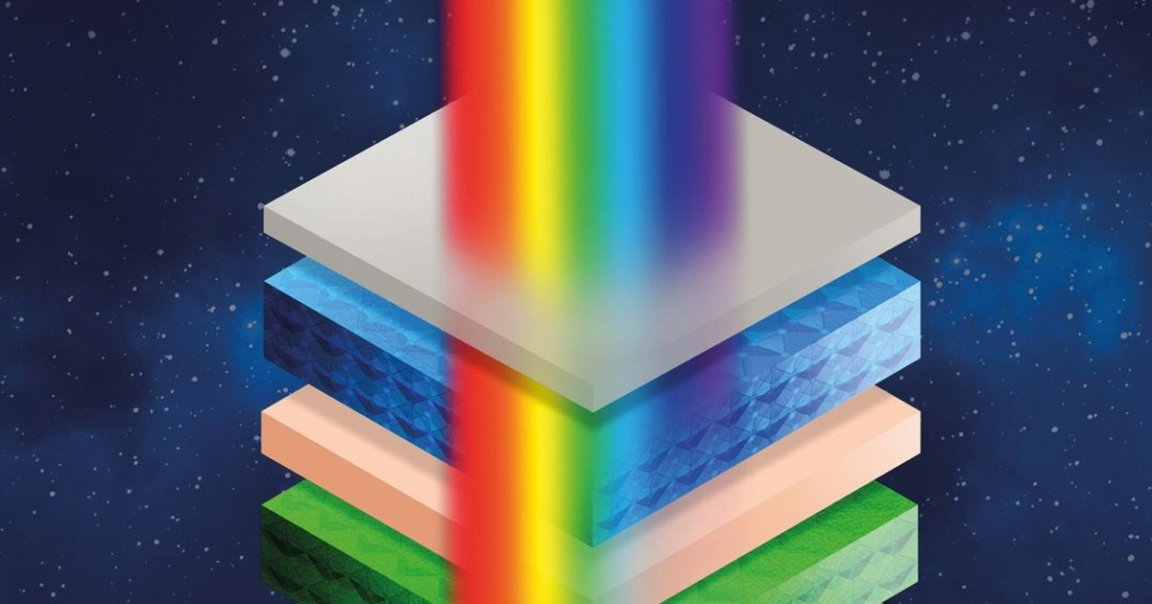
Thin Wins
Researchers from the University of Oxford say they’ve developed a new, “multi-junction” technique to create a solar material that’s so thin it can be printed directly onto the surface of everyday objects, from cars, and smartphones, to backpacks.
The findings haven’t been published yet, but the researchers say their material, which is only one micron thick, has already been certified to yield over 27 percent energy efficiency. That’s five percent more efficient than what’s typically delivered by silicon-based cells used in conventional solar panels and outpaces the efficiency achieved by other research into ultra-thin solar materials.
“During just five years experimenting with our stacking or multi-junction approach we have raised power conversion efficiency from around six percent to over 27 percent, close to the limits of what single-layer photovoltaics can achieve today,” said Shuaifeng Hu at Oxford University Physics, who was involved in the research, in a statement.
“We believe that, over time, this approach could enable the photovoltaic devices to achieve far greater efficiencies, exceeding 45 percent.”
Solar, Anywhere
The ultra-thin solar cells use a family of materials called perovskites, which are arranged in multiple light-absorbing layers to boost the range of sunlight they can absorb.
At 100 times thinner than a human hair, according to CNN, or 150 times thinner than the silicon wafers used in traditional solar panels, it’s more of a coating than a hard material, which comes with a host of advantages: it’s flexible, it can be easily applied to existing objects, and doesn’t require huge amounts of exclusive space to get the job done.
Instead of having an entire field of solar panels, for example, you could spread out those capabilities across many small surfaces — although the idea isn’t to replace solar farms, but to aid them.
“We can envisage perovskite coatings being applied to broader types of surface to generate cheap solar power, such as the roof of cars and buildings and even the backs of mobile phones,” said Oxford physicist Junke Wang in the statement.
“If more solar energy can be generated in this way, we can foresee less need in the longer term to use silicon panels or build more and more solar farms,” he added.
But perovskites aren’t perfect: they’re not known for being very robust, and can degrade over time after being exposed to moisture, oxygen, and — counter-productively — light. But the gains in efficiency achieved here are nothing to scoff at — and we could very well be on the cusp of a solar future in which the technology is even more ubiquitous than we once imagined.
More on solar: California Now Has So Much Solar Power That Electricity Prices Are Going Negative During the Day